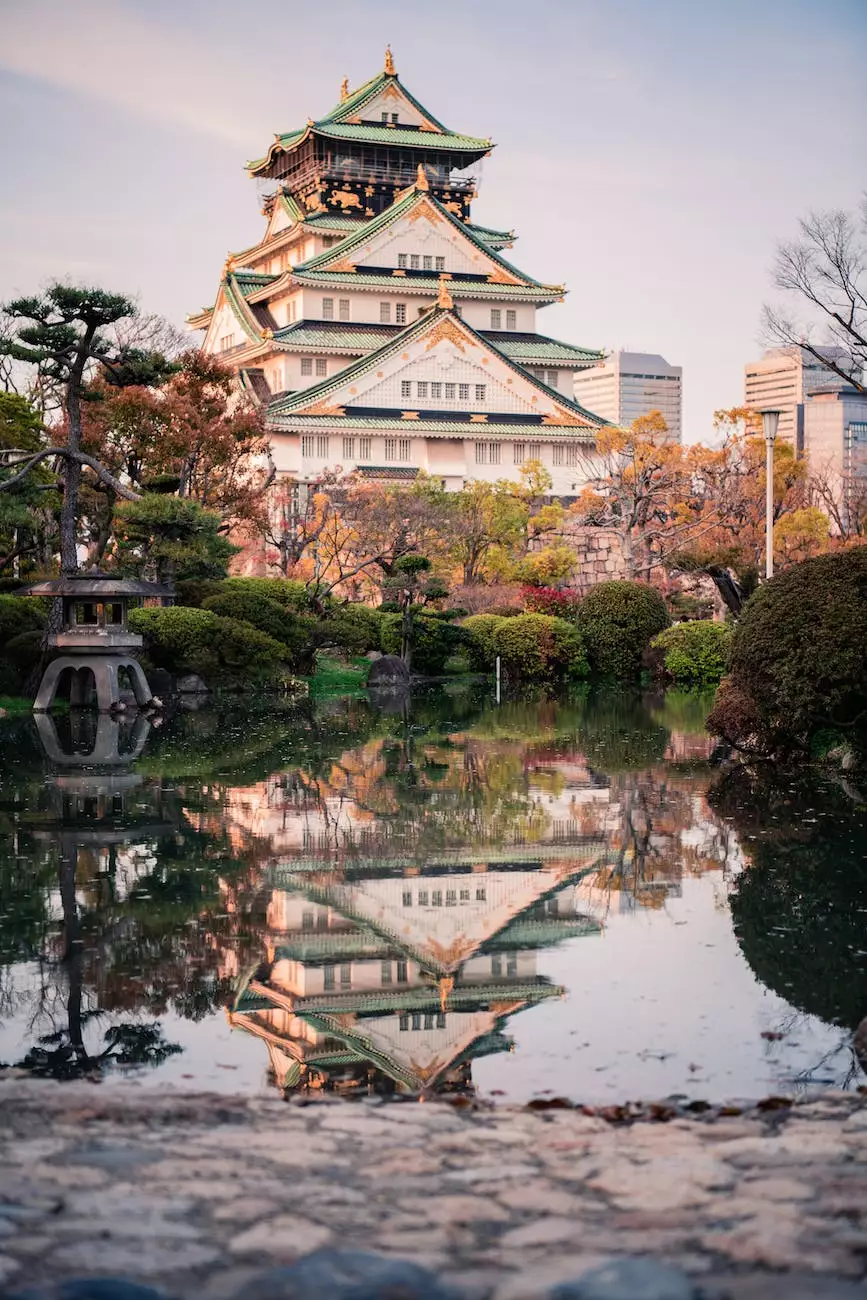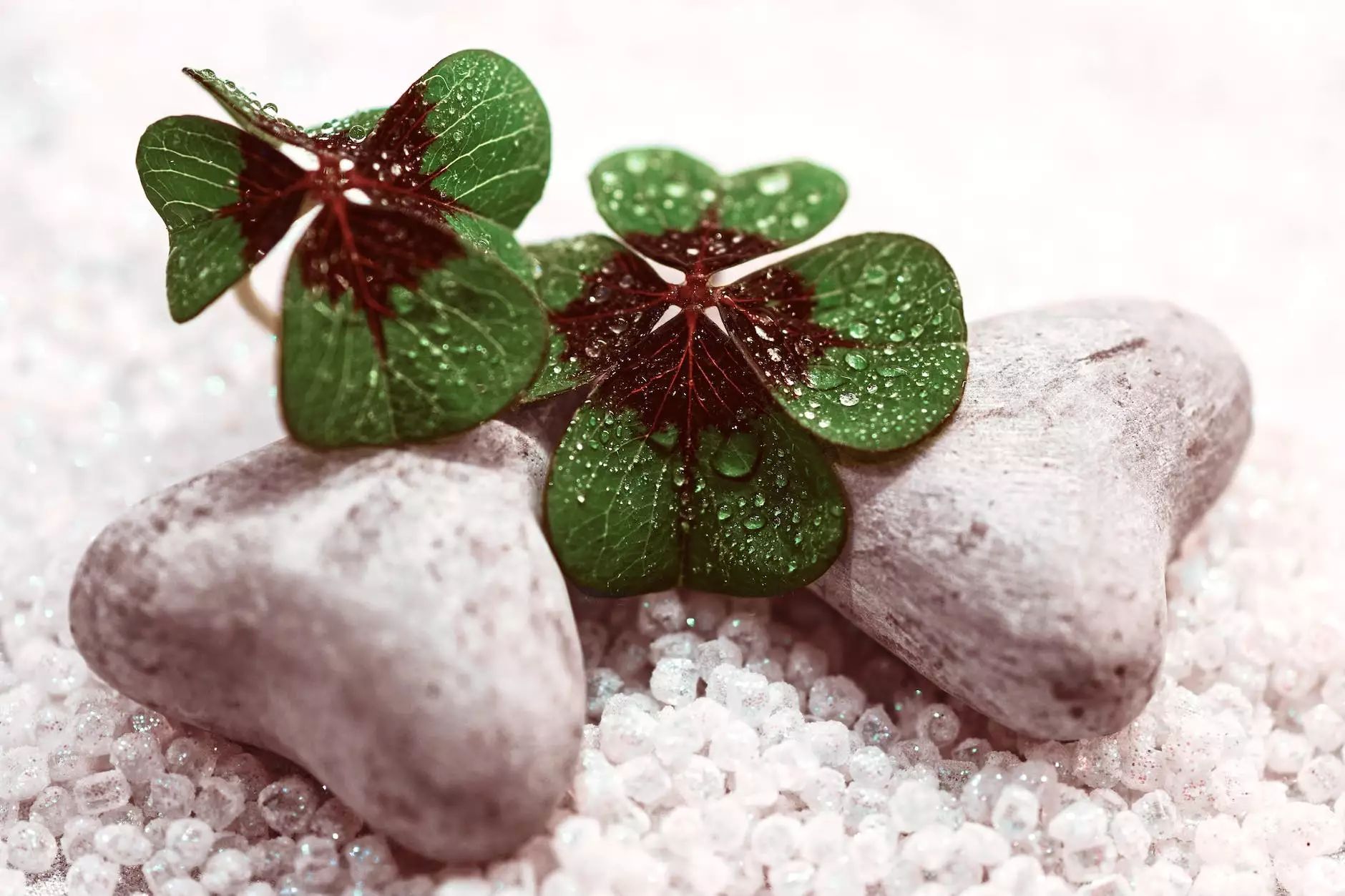Oxygen is Important to Your Garden Pond
Technology
Welcome to Screens Unlimited, your go-to resource for valuable information on maintaining a healthy garden pond ecosystem. In this article, we will explore the significance of oxygen in your garden pond and why it plays a vital role in supporting the overall health and vitality of your aquatic environment.
Why Oxygen Matters in Your Garden Pond
When it comes to your garden pond, oxygen is essential for the well-being of your aquatic plants, fish, and other pond inhabitants. Oxygen plays a crucial role in various biological processes, including respiration and decomposition, which support the entire ecosystem.
1. Aquatic Plant Health: Adequate oxygen levels are necessary for the proper growth and function of aquatic plants. Through a process called photosynthesis, these plants release oxygen during the day, replenishing the oxygen supply in the pond. Additionally, well-oxygenated water allows plants to efficiently absorb essential nutrients, promoting their overall health and vibrant growth.
2. Beneficial Bacteria: Natural ecosystems rely on beneficial bacteria to break down organic matter and maintain water quality. These bacteria require oxygen to carry out their vital functions, including the breakdown of fish waste, uneaten food, and decaying plant matter. By ensuring sufficient oxygen levels, you contribute to a balanced and healthy ecosystem.
3. Fish and Animal Livelihood: Fish and other pond animals rely on oxygen-rich water to survive. Without adequate oxygen, fish may become stressed, suffocate, or develop health issues. Providing ample oxygenation ensures a safe and livable environment for your aquatic pets.
Optimizing Oxygen Levels in Your Garden Pond
Now that you understand why oxygen is critical to your garden pond, let's explore some practical ways to optimize oxygen levels:
1. Aeration Systems
An effective method of increasing oxygenation is by installing an aeration system in your pond. Aeration systems create movement on the water's surface, facilitating gas exchange and promoting oxygen absorption. There are various types of aeration devices available, including diffusers, fountains, and waterfalls.
2. Aquatic Plant Balance
Proper management of aquatic plants is crucial for maintaining oxygen levels. While these plants offer numerous benefits, an excessive growth can deplete oxygen during nighttime respiration. Monitor the plant population and consider thinning if necessary. By striking the right balance, you can ensure optimal oxygenation for your pond.
3. Regular Water Circulation
Stagnant water tends to have lower oxygen levels. Promote water circulation by using a pump or adding a waterfall feature. The movement creates oxygen-rich areas and discourages the growth of harmful algae and stagnant conditions.
4. Reduce Organic Debris
Organic debris, such as fallen leaves or decaying plants, can consume a significant amount of oxygen as they decompose. Regularly remove any debris from the surface and bottom of your pond to prevent excessive oxygen depletion. This will help maintain a healthy oxygen balance.
5. Fish Stocking Density
Ensure that you do not overcrowd your pond with fish. Overstocking can lead to oxygen depletion, particularly in warmer weather when oxygen demand is higher. Consider the carrying capacity of your pond and consult a professional for advice on the ideal fish stocking density.
Conclusion
By prioritizing oxygen levels in your garden pond, you create an environment that supports the overall well-being of your aquatic plants, fish, and other pond inhabitants. Screens Unlimited is committed to providing expert guidance and resources to help you maintain a thriving and vibrant pond ecosystem. Follow the tips shared in this article and enjoy a truly remarkable garden pond experience.









